By Howard Platt from the December 2010 Edition
Black Bellied Duck
They say that if it walks like a duck and talks like a duck then it must be a duck. But what if it doesn´t? What if it struts around like a goose, whistles like a traffic cop, pairs up like a swan, and nests in trees? Can it still be a duck? Well it can, if it is a black-bellied whistling duck. Sometimes called the black-bellied tree duck. They are native to the tropical areas of South and Central America but can be found all the way into the southern United States.
Standing tall on long pink legs, with a red beak, gray face and neck, prominent white ring around its eye, a rich brown crest on the top of its head reaching down the back of its neck and a very dark belly you are unlikely to confuse itwith any other bird. Its long neck and upright stance make it look more like a goose than a duck, and it does waddle like a goose when it is on the ground. (Dendrocygna autumnalis)
The ability to walk easily is a great help as it often spends time in open fields . away from water. You may see a whole flock in a corn field after the harvest, collecting whatever grain was dropped. Though in spite of their dry-land abilities they do prefer wetlands, such a freshwater pond, shallow lakes, marshes and coastal wetlands. It may come as quite a surprise to see a group of these ducks roosting high in a palm or other large tree, but it is quite common. You may often see one standing on a post, or other local high point, as it stands guard while the others feed. If you try sneaking up on the ducks the lookout is almost certain to spot you, and then it gives its noisy whistling call to warn the flock. The surprise might come when you see a group roosting high in a tree!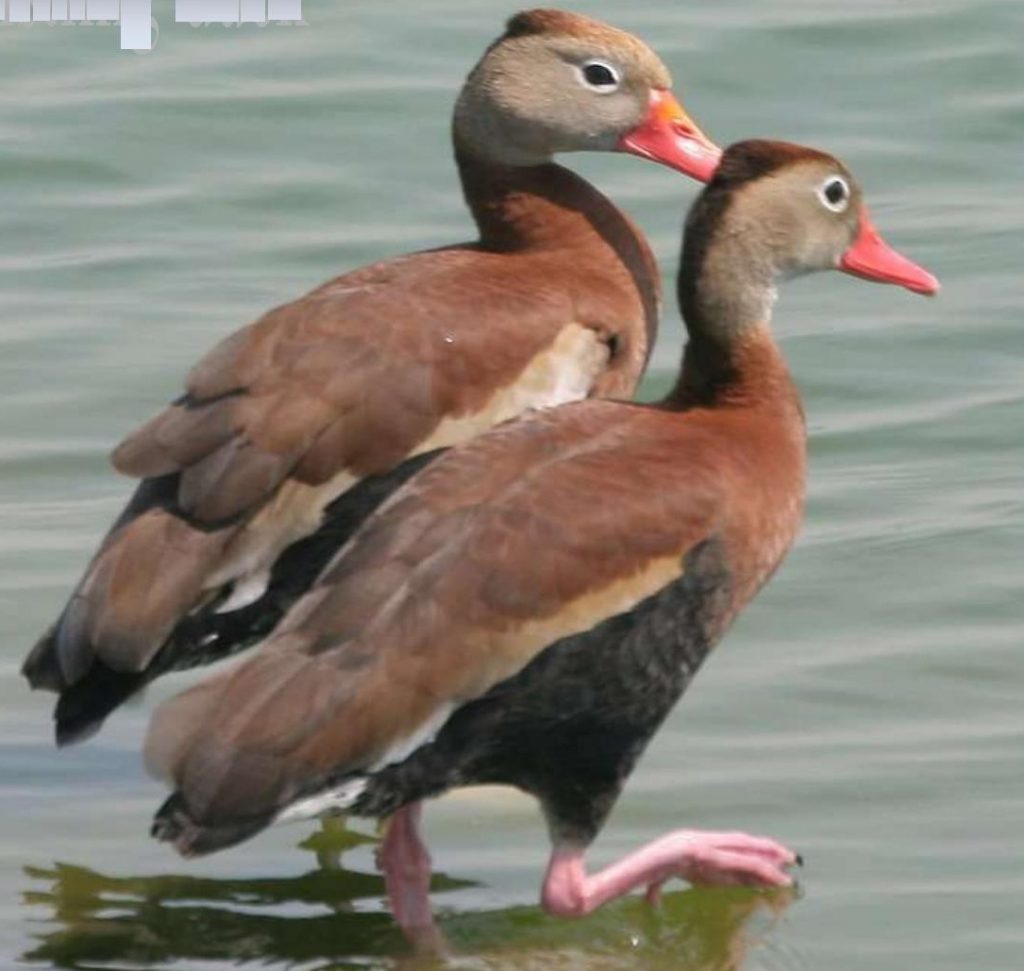
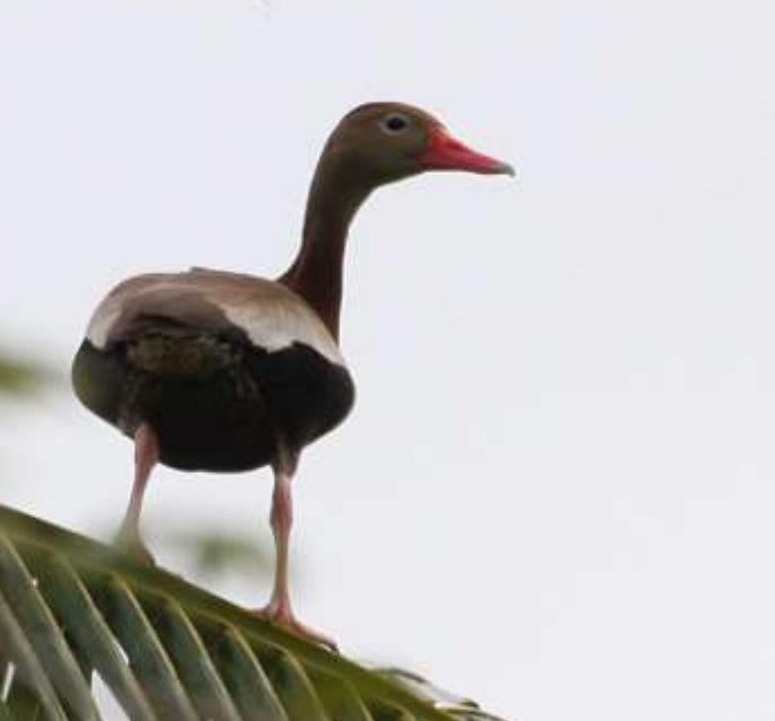
Unlike most ducks they tend to pair up for life. They usually breed close to water, even if it is only a temporary pool in the rainy season. Nesting in hollows in trees helps avoid the problem of a ground-based nests flooding in the rains, but it does mean that when only a couple of days old the young must follow their parents and leap out from a nest high in a tree into the unknown world below. Luckily they can take the long fall and are able to feed themselves at this early age.
These duck do not follow long migrations, but do move locally to follow their favorite foods. – aquatic plants, grass, grain, insects, and mollusks, and if you see them in flight you will notice the broad white patches on their wings.
Perhaps whistling ducks do not meet my standard concept of a duck, but this is Mexico, in the tropics, and their numbers are increasing, so they have to be doing lots of things right! Now, if only I can learn to adapt so well ….
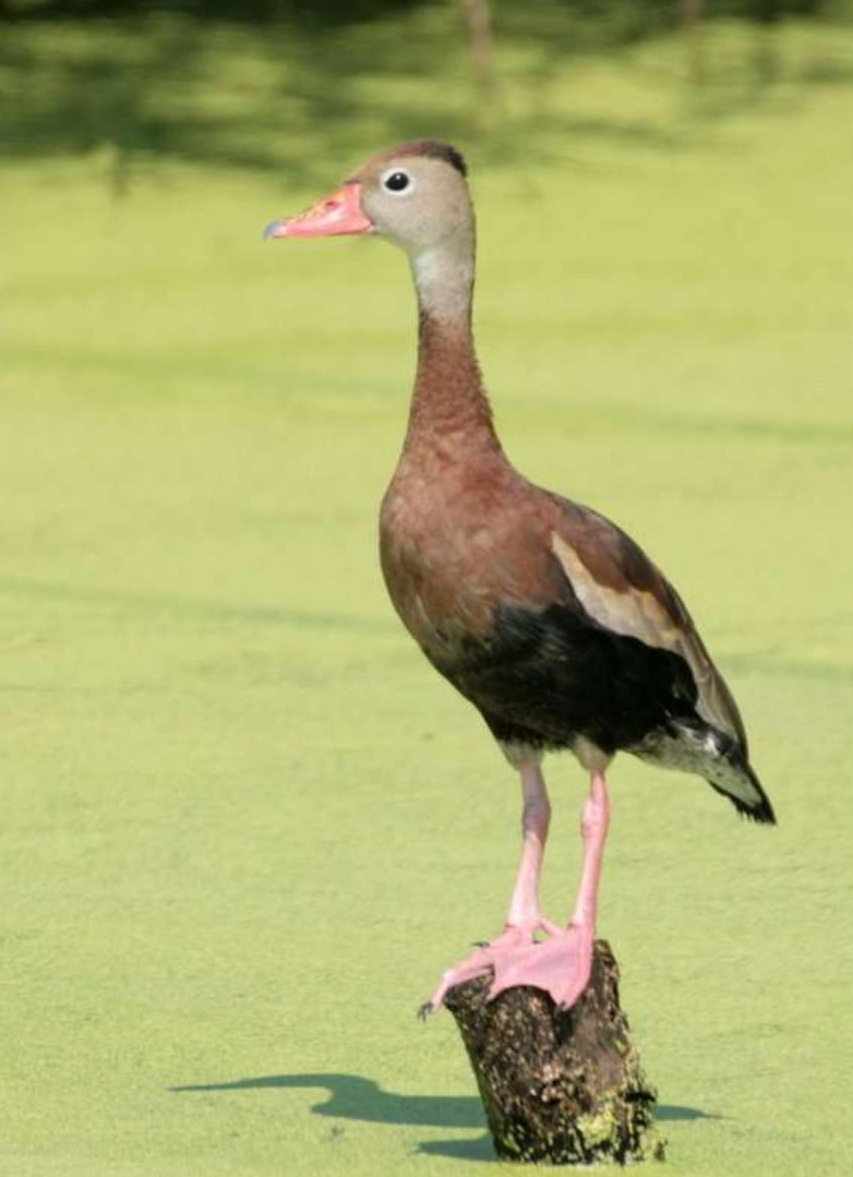
Download the full edition or view it online
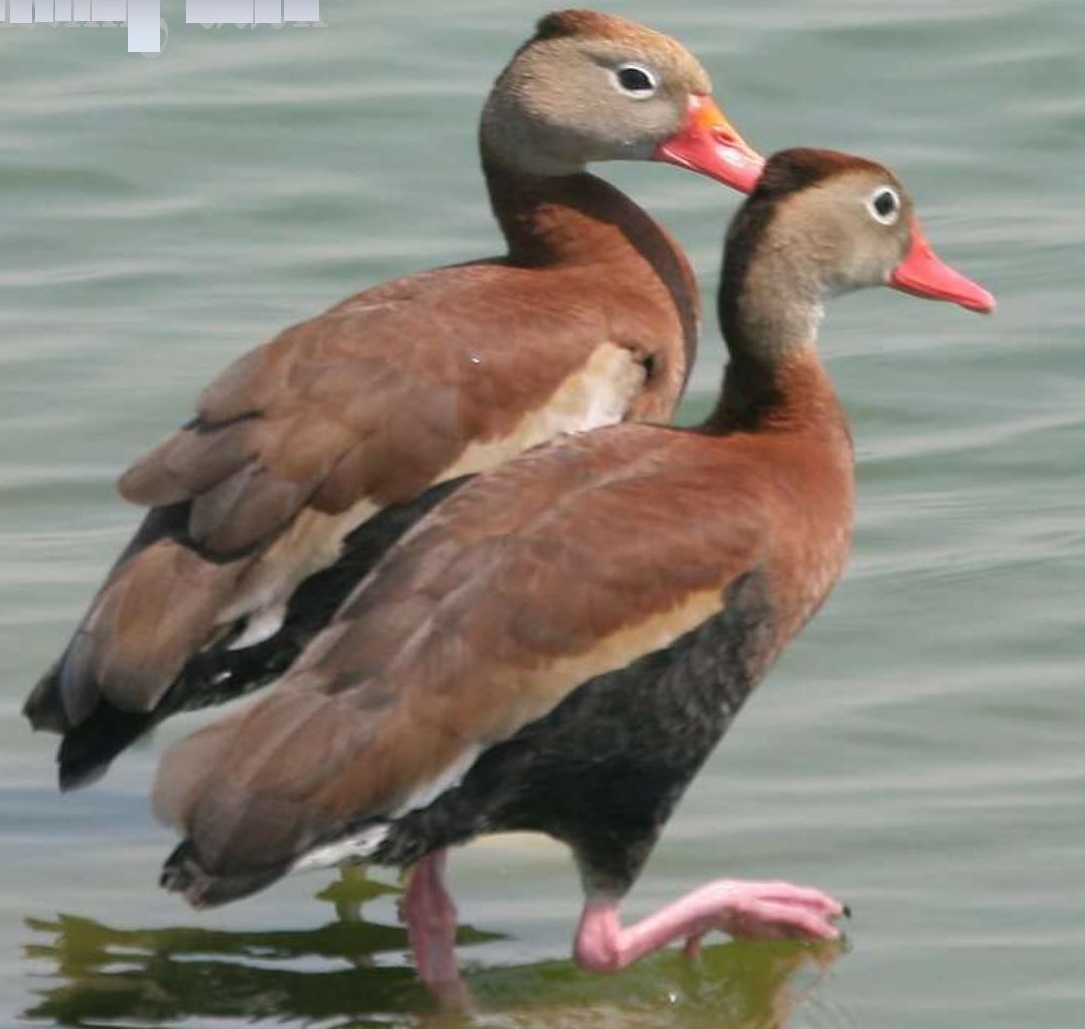



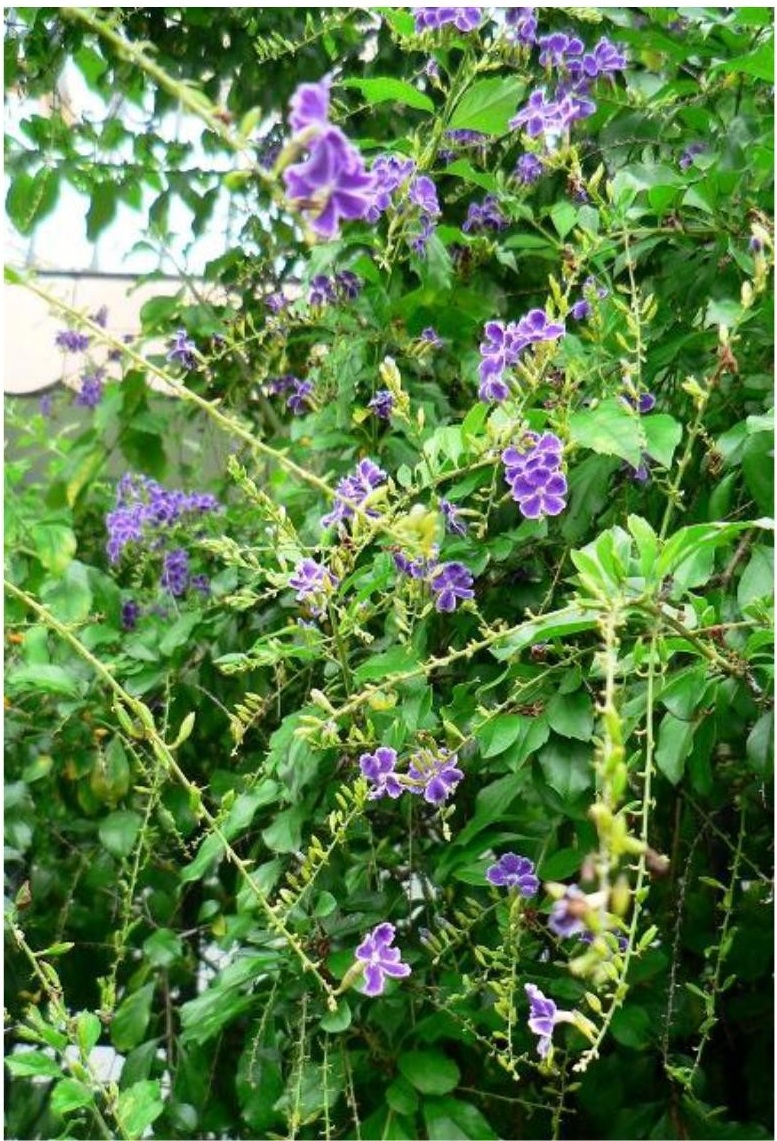
You must be logged in to post a comment.